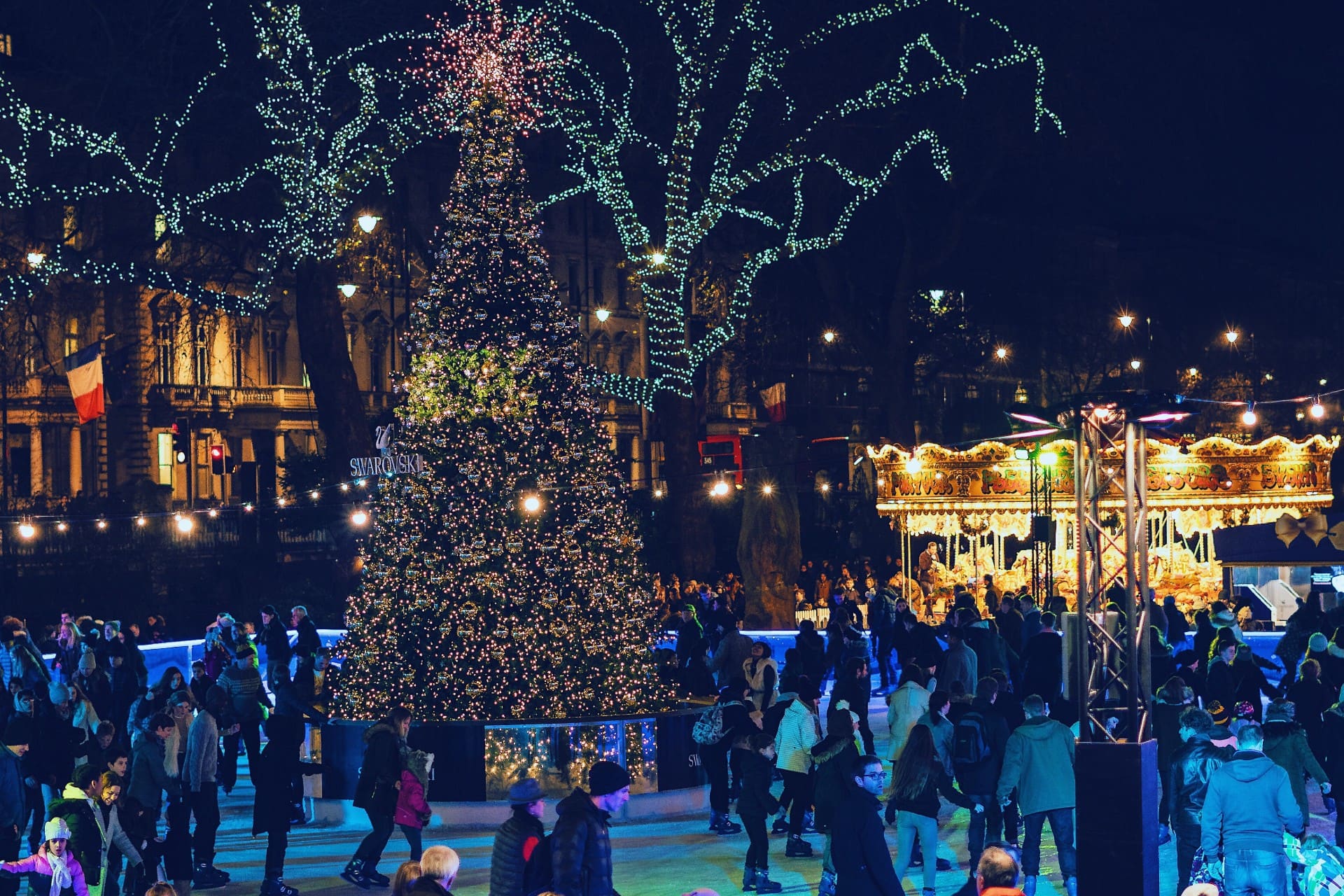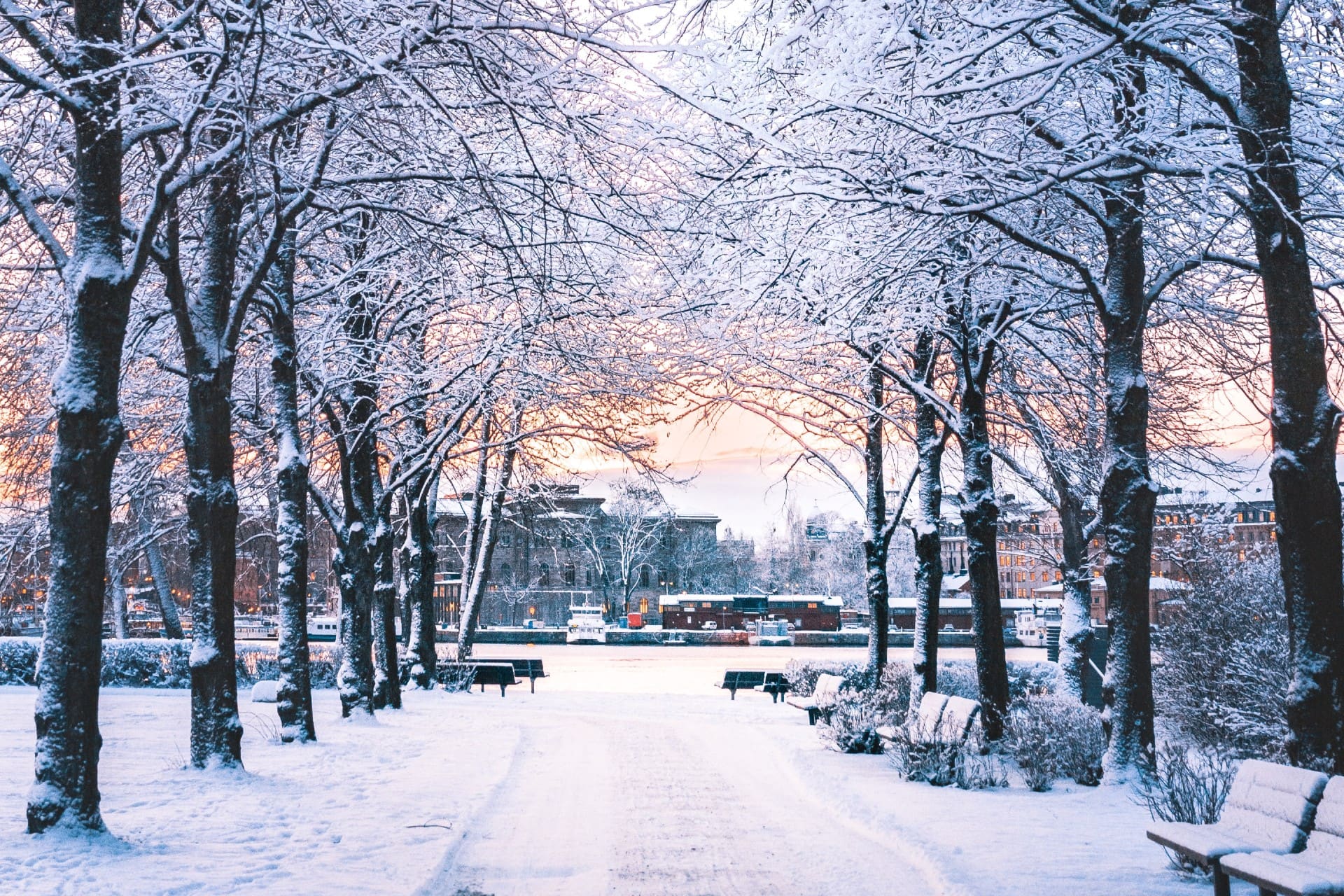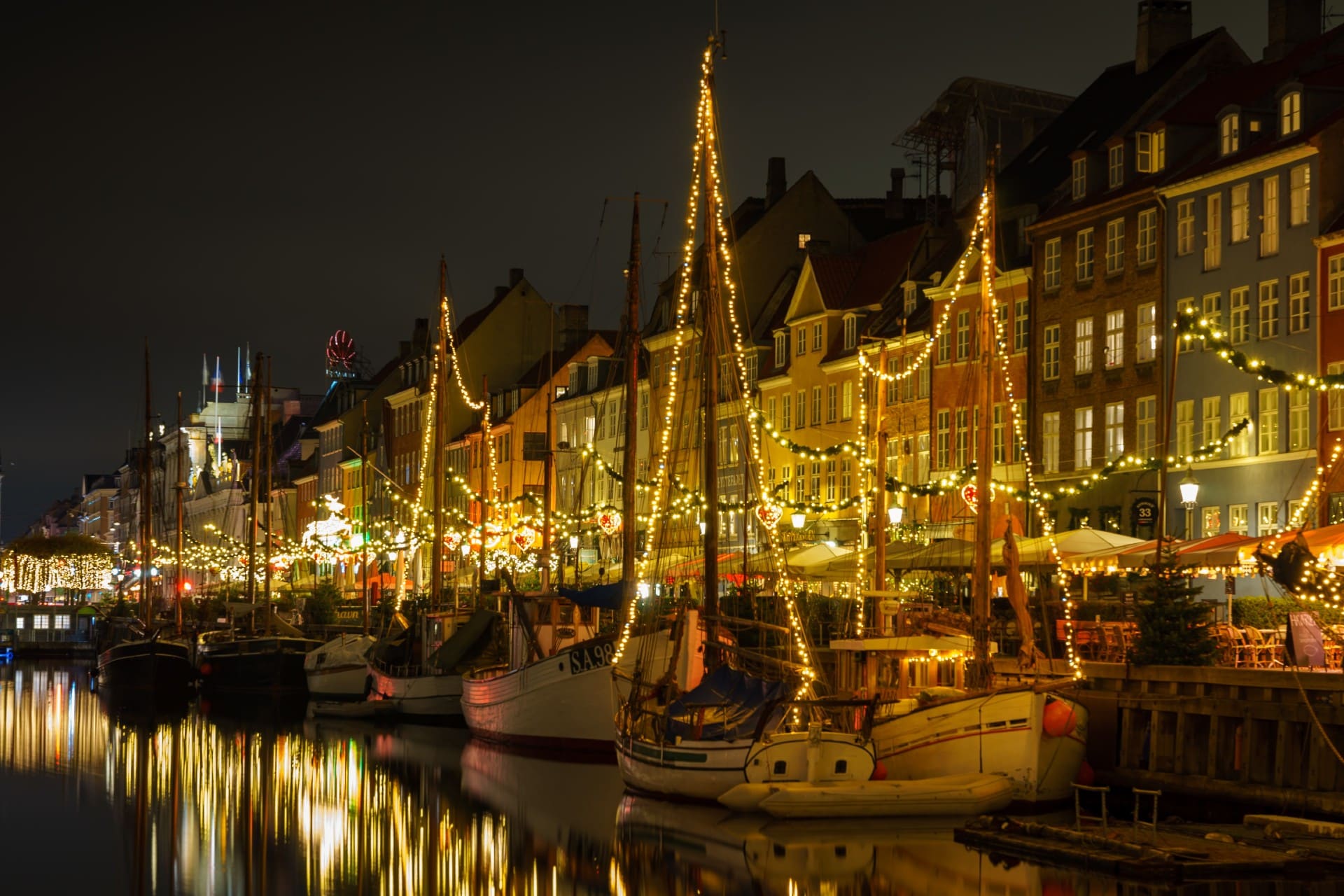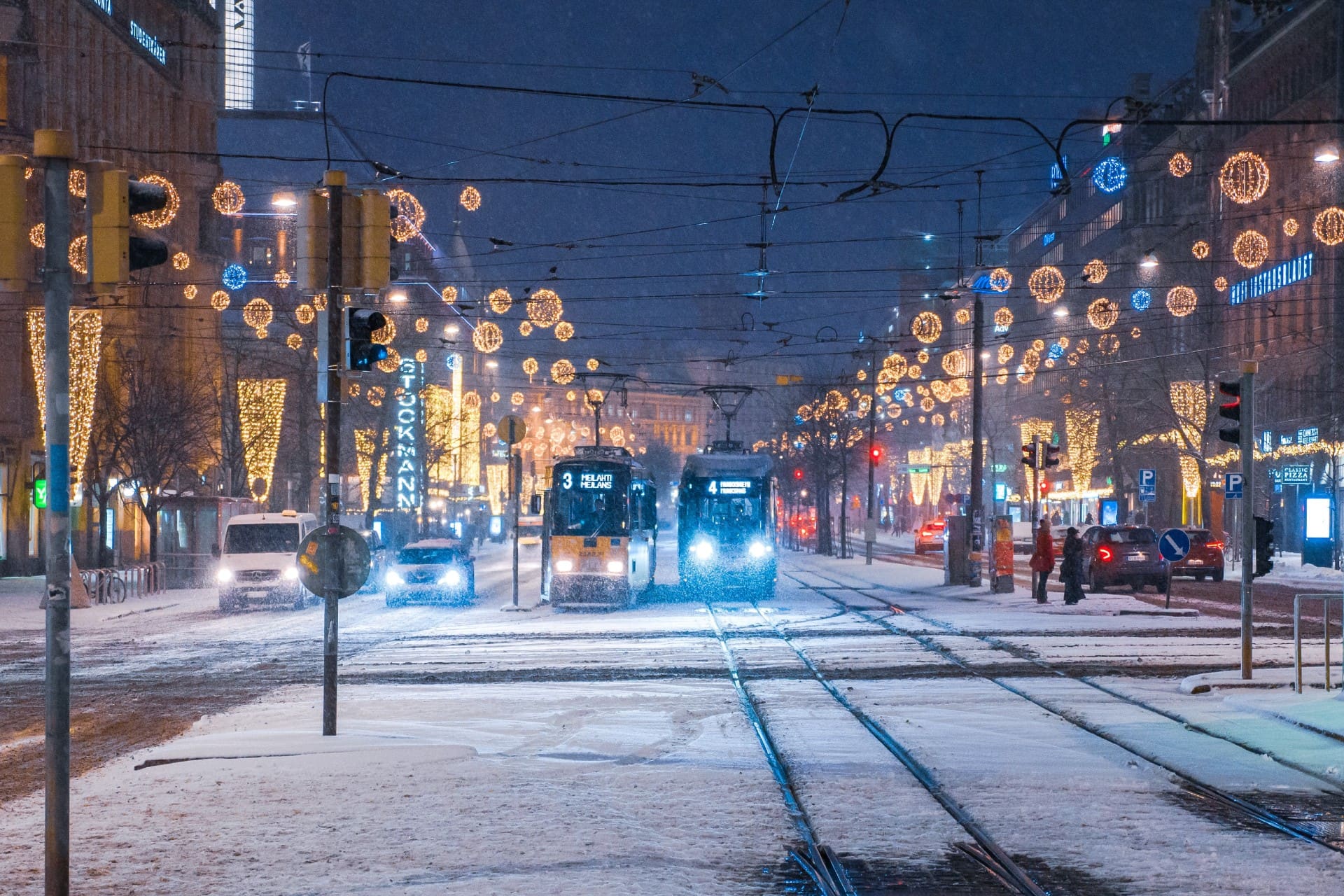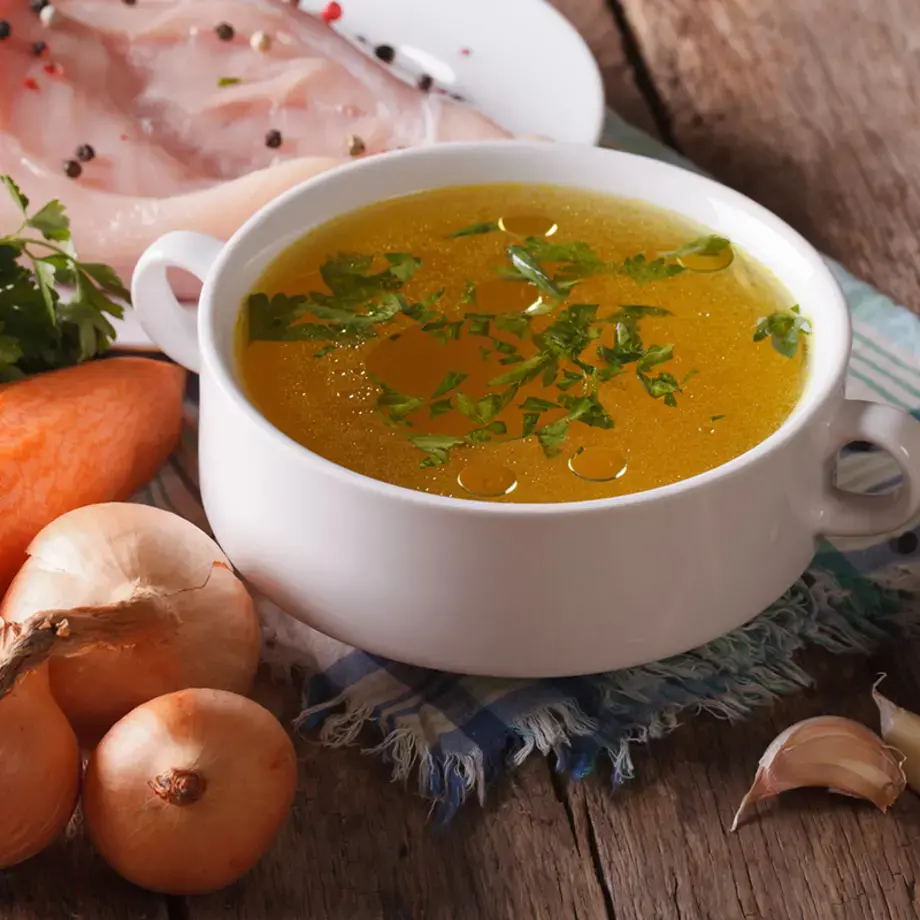The land of ice and snow, of warm-huddle-fires and reindeer, Scandinavia is as close to the Christmas idyll as one can get, and certainly more approachable and cuddly than the North Pole itself.
In fact a surprising number of general Western Christmas habits owe their origins to Scandinavian Christmas traditions, some of which are actually of pagan origin.
Western Christmas and Scandinavian Christmas traditions
Early Christians chose their holidays in line with the pre-existing pre-Christian holidays, or holy days, which made it an easier transition to this new religion. Few pragmatists actually believed that Jesus was born exactly on December 25 (the Bible makes no reference as to the date), but rather it was chosen as a symbolic date of birth because it coincides with the pagan Winter Solstice.
The idea that candles and a lively hearth should be part of the Christmas tradition is likewise a hand-me-down from the Winter Solstice, as Stephen Nissenbaum explains in his Pulitzer Prize finalist book, The Battle for Christmas. The ancients sent the darkness scattering by filling their homes with fire-light.
For early Christians, the birth of Jesus was not a big holiday to celebrate—Easter was the main event. It was not until the 4th century AD that the papacy made the birth of Christ an official holiday. As Nissenbaum said in an interview with Livescience, “It never occurred to [the Church] that they needed to celebrate his birthday.”
The Western focus on Christmas is more of a modern, and quite capitalistic tradition, where the focus is on gifts and Santa. The Christmas Tree is a tradition that comes from a northern European tradition of bringing outdoor greenery indoors in the middle of winter. It was popularized in 17th century Germany, but has been practiced since the ancient times throughout northern Europe and certainly pre-dates the establishment of Christianity.
A look at the Scandinavian Christmas traditions of Norway, Sweden, Denmark and Finland offers a hint at how the classic idea of Christmas came to be, and offer a selection of wonders to add to your own holiday, or to visit when looking to spend the most magical time of year abroad.

